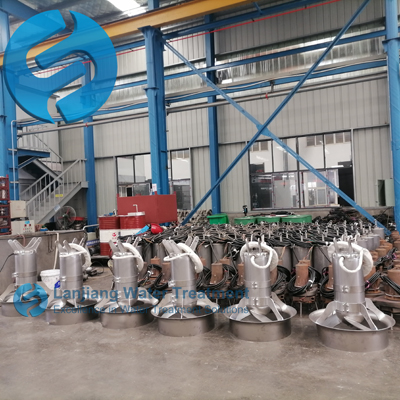In the transportation process of sewage treatment equipment, in order to ensure that the equipment reaches the destination safely and completely, and can play a role in the subsequent installation and operation, it is necessary to pay attention to the following aspects:
First, preparation before transportation
1. Equipment inspection:
- Conduct a comprehensive inspection of the sewage treatment equipment, including appearance, structure, interface, etc., to ensure that the equipment is in good condition with no damaged or missing parts.
- Check whether the packaging of the equipment is in good condition, and take additional protective measures for vulnerable parts.

2. Transport vehicle selection:
- Select the appropriate transport vehicle according to the weight, size and shape of the sewage treatment equipment. Ensure that the vehicle can withstand the weight of the equipment and has the necessary fastening and damping devices.
- Carry out a comprehensive inspection of the transport vehicle, including the condition of the vehicle, braking system, tire wear, etc., to ensure that the vehicle can travel safely.
3. Transportation route planning:
- Research and plan transportation routes in advance to avoid narrow, rugged or heavily trafficked roads.
- For rural areas or special terrain, it is necessary to communicate with the relevant departments to ensure that the vehicle can legally pass through.
4. Document preparation:
- Prepare necessary documents and materials, including equipment lists, installation drawings, operating instructions, etc., so that they can be consulted at any time during transportation.
- Ensure that these documents are shipped with the equipment so that it can be installed and operated smoothly once it arrives.
Second, precautions during transportation
1. Equipment fixation:
- On transport vehicles, the sewage treatment equipment is firmly fixed in the compartment with appropriate fixtures to prevent the equipment from sliding or colliding during transport.
- For ultra-high or ultra-wide parts, special fixing measures should be taken to ensure that they are stable and reliable.
2. Anti-shock measures:
Place shock-absorbing materials around the equipment, such as foam, air cushions, etc., to reduce the impact of vibration on the equipment generated during the movement of the vehicle.
3. Environmental control:
- Ensure that the equipment is not affected by direct sunlight or humid environments during transportation to prevent aging or damage to the equipment.
- If necessary, the equipment can be covered with a shade cloth or rain cloth.
4. Stay in touch:
- Keep in touch with the driver and the receiver during the transportation process, and keep abreast of the transportation progress and equipment status.
- Be able to respond quickly in case of emergency.
Third, post-transportation processing
1. Equipment inspection:
- After the device arrives at the destination, unpack the device to check whether it is intact and there are no missing or damaged parts.
- Check that the documents arrived with the equipment are complete.
2. Handling handover procedures:
- Handle handover procedures with the receiving party to confirm that the equipment has been safely delivered and clearly handed over.
Fourth, other precautions
1. Comply with laws and regulations:
- Strictly abide by the national and local laws and regulations on the transportation of goods during the transportation process to ensure the legal compliance of the transportation process.
2. Environmental awareness:
- Pay attention to the protection of the environment, avoid equipment packaging materials and waste caused by environmental pollution. Where conditions permit, try to use recyclable or environmentally friendly materials for packaging.
3. Safety training:
- Conduct safety training for transportation personnel, including equipment characteristics, precautions during transportation, and safety emergency measures to deal with emergencies.
To sum up, the transportation process of sewage treatment equipment requires meticulous preparation and thoughtful arrangements. Only by ensuring that each link meets the specifications and requirements can we ensure that the equipment reaches its destination safely and completely and is put into use smoothly.
Post time:2024-09-09